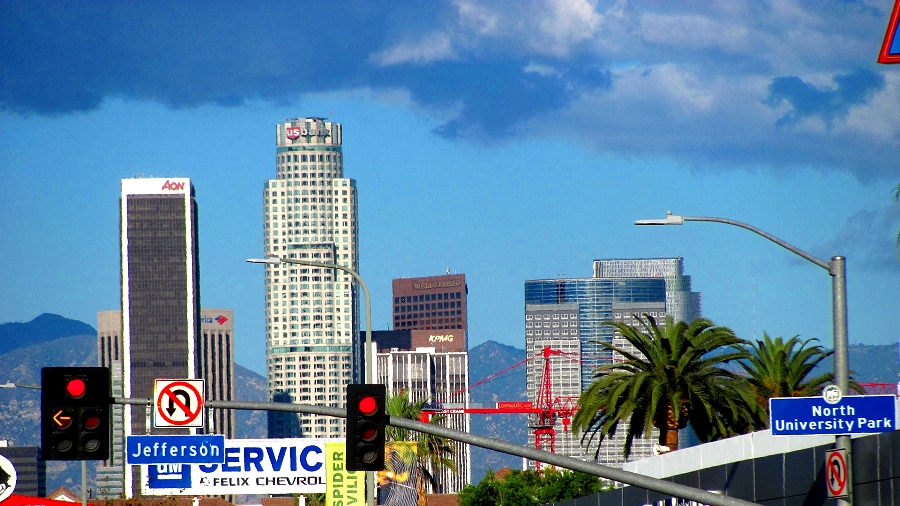
Honoring CSA’s Legislative Efforts – 30+ Years Proud
Building on legislative success in 1983, which resulted in a requirement that just compensation be paid for compelled removal of on-premise signs, in 1986 – 30 years ago – CSA commenced another extraordinary effort to save signs from removal based on height and size when special topographic circumstances exist.
Under the leadership of Leo March (Integrated Sign) and legal counsel Robert Aran, CSA was able to secure passage of Business & Professions Code section 5499.
Section 5499 provides:
“Regardless of any other provision of this chapter or other law, no city or county shall require the removal of any on-premises advertising display on the basis of its height or size by requiring conformance with any ordinance or regulation introduced or adopted on or after March 12, 1983, if special topographic circumstances would result in a material impairment of visibility of the display or the owner’s or user’s ability to adequately and effectively continue to communicate with the public through the use of the display. Under these circumstances, the owner or user may maintain the advertising display at the business premises and at a location necessary for continued public visibility at the height or size at which the display was previously erected and, in doing so, the owner or user is in conformance.”
Section 5499 was tested and upheld in 1997 in the landmark sign case of Denny’s v. Agoura Hills, which resulted in the retention of several pole signs
The court in Denny’s v. Agoura Hills established the criteria by which an evaluation of “special topographic circumstances” under §5499 should be made:
The Legislature’s apparent purpose in enacting section 5499 was to protect the owner or user of an existing sign from a new signage ordinance in a situation where the topographic circumstances would make a conforming sign either materially less visible or less effective […] It is evident that the Legislature was also concerned with the communicative quality of the sign, on top of the sign’s raw visibility. […]
[T]his second statutory element requires at a minimum a circumstantial analysis of not only the simple visibility of the sign, but also whether the sign will be noticed, and the message imparted to the viewer’s brain…. The additional circumstances bearing on noticeability, or perceptibility, would include the origin and nature of the customer base and buying motivation, general visibility in the area, the high speed, high volume nature of the [roadway], location of decision points for motorists along the [roadway], identification time and reaction time, and time to make safe lane changes…”
Additionally, the Denny’s court elaborated, “special circumstances” means:
“ . . . any material visual impediment other than the natural limits of human eyesight, based on the unique specifics of the particular site, sign, and visual obstructions…. [¶] Thus, all `circumstances’ must be taken into account, including not only nature’s hills and trees, but also variant height terrain and vision interruptions from any other source, the height and size of the acclivity and concrete structure of the [] overpass, the building structures in the area, utility poles and wires []. [¶] The evidence clearly establishes that these special topographic circumstances would materially impair the visibility of conforming signs for each plaintiff.” Therefore, plaintiffs were “entitled to prevail, first of all, based on the material impairment of raw visibility…”
Another example of Your California Sign Association Working for You!
Sign law expert serving the sign industry and its customers for over 25 years, providing legal and consulting services to sign users, installers and manufacturers. Based in Sacramento, Practice Areas include Zoning; Land Use; Real Estate; Constitutional Law; Employment; & Business. Admitted to the Bar in 1989. Law Offices of Jeffrey L. Aran 1-888-SIGNLAW.

